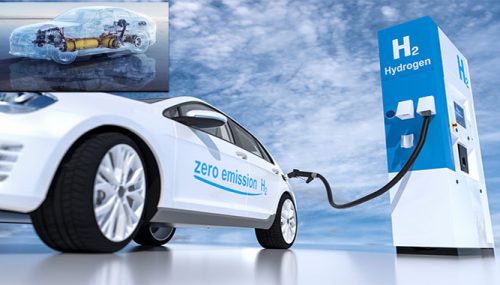Electric car technology has rapidly advanced in recent years, with significant improvements in battery systems contributing to the increased popularity of electric vehicles. The battery system is a crucial component of an electric car, responsible for powering the vehicle’s propulsion, accessories, and various on-board systems. In this article, we delve into the essential components of an electric car battery system and their respective functions.
Battery Cells
The fundamental building blocks of an electric car battery system are the battery cells. These cells store electrical energy through a chemical reaction and are typically arranged in modules and packs to provide the necessary voltage and capacity for the vehicle. The performance and energy density of the battery cells directly influence the range and power output of the electric car.
Battery Management System (BMS)
The BMS serves as the control center for the electric car’s battery system. It monitors the voltage, temperature, and state of charge of each individual battery cell, ensuring safe and efficient operation. The BMS also regulates the charging and discharging process, protects the battery from overcharging or overheating, and provides critical information to the vehicle’s onboard computer for optimal energy management.
Battery Pack
The battery pack is a collection of interconnected battery modules that store the electrical energy for the electric car. It is designed to withstand the demands of vehicle operation, including temperature variations, vibrations, and structural stresses. The battery pack is a key determining factor in the overall weight, size, and placement considerations within the vehicle.
Thermal Management System
Maintaining an optimal temperature range is crucial for the performance, longevity, and safety of the battery system. The thermal management system regulates the temperature of the battery pack through cooling and heating mechanisms, preventing overheating during charging or discharging and ensuring efficient operation in extreme environmental conditions.
High-Voltage Connector
The high-voltage connector interfaces the battery system with the electric powertrain and other high-voltage components within the vehicle. This component allows for the safe and efficient transfer of power from the battery to the electric motor, inverter, and other high-voltage systems, enabling the propulsion of the electric car.
Charge Port
The charge port provides the interface for external power sources to connect and recharge the battery system. It incorporates safety features and communication protocols to facilitate the efficient and secure charging of the electric car, whether via standard AC charging, DC fast charging, or emerging wireless charging technologies.
Inverter
The inverter plays a crucial role in the electric car’s battery system by converting the DC power stored in the battery into AC power, which is essential for driving the electric motor. It regulates the frequency and amplitude of the electrical output to meet the demands of the motor and optimize energy efficiency during acceleration and regenerative braking.
Understanding the essential components and their functions within an electric car battery system is essential for appreciating the complexities and advancements of electric vehicle technology. As battery technology continues to evolve, improving energy density, longevity, and charging capabilities, the electric car market is poised to offer even more compelling and sustainable transportation options for the future.



















